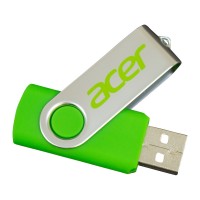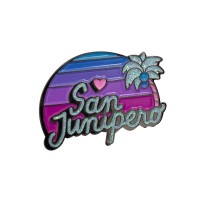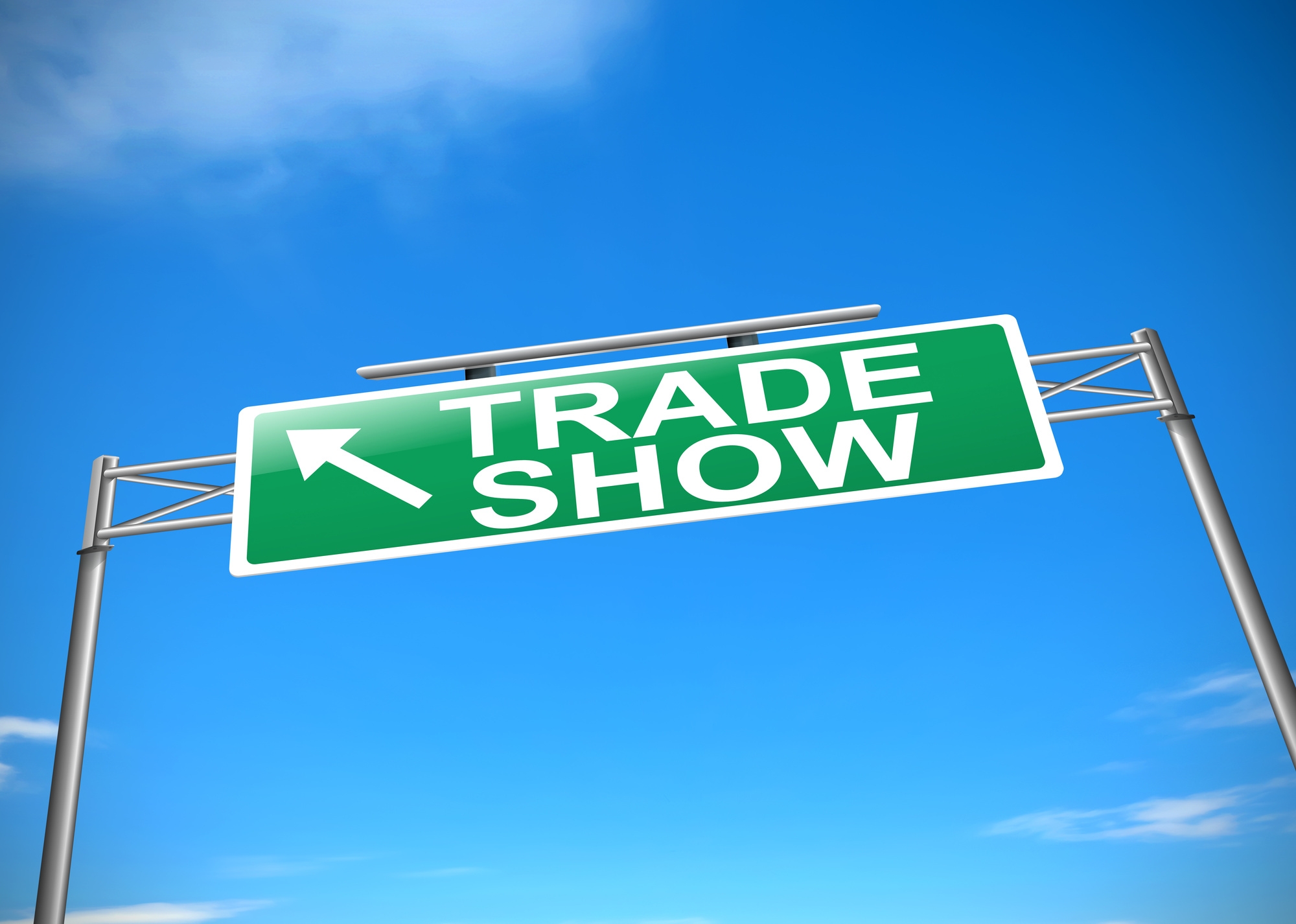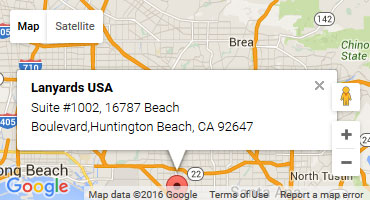Worth nearly 13 billion dollars annually, the trade show industry remains a standard marketing strategy for individuals and businesses. However, to get the most mileage at any conference or convention, you have to think creatively. The more you plan everything right down to your promotional lanyards, the better your chances to leverage opportunities.
Whether you're an exhibitor, attendee, organizer, VIP, or all of the above, you have to prepare months before your trade show to maximize your impact during the event. It's not good enough to just "wing it." Every touch point could literally boost your revenue streams.
Below are several key ways to turn any trade show into a more profitable experience for your business.
Order the Proper Promotional Lanyards
Promotional lanyards come in an exciting array of colors, styles, fabrics, and shapes. Typically, they are worn around the neck to hold identifying badges, although some people prefer wrist promotional lanyards.
When choosing the right promotional lanyards, you have to determine how you expect to use them. For instance, if you're going to hand them out to trade show guests, you'll absolutely need imprinted promotional lanyards. Otherwise, you'll lose a chance for branding.
Consider texture and quality of each lanyard as well. Higher-end lanyards may require a bigger budget, but are less likely to be disposed of by users. These could be best suited for VIPs or participants you want to impress, such as potential investors or clients.
Although it's possible to get promotional lanyards last-minute, you'll feel less rushed if you make sure you have yours well ahead of your trade show start date. That way, you can focus on ordering other items you'll need.
Consider the Best Ways to Generate Leads
Is one of your goals to bring back warm and hot leads from your trade show? You'll need a streamlined mechanism to get the information you need so your people can start outbound marketing after the event wraps up.
Collecting lead slips or business cards is an old-school method of gathering names. Although it can work, you'll find that a little modernity goes a long way.
If you have money set aside, why not invest in some tablets? Ask interested consumers at the trade show to input their names, phone numbers, email addresses, etc., into the tablet. You can even use software that syncs real-time with your home office so the information can immediately be utilized by your sales staff.
Of course, most people hesitate to give up their personal data without a good reason, such as a drawing for cash, a gift card, or a substantial prize. Remember that an incentive is practical and can usually (always check with your accountant to make certain) be chalked up to a tax-deductible cost of event marketing.
Outline Scripts to Engage People at Your Booth
Have you ever gone to a trade show and seen people at booths just dawdling? They're essentially wasting their companies' time. Learn from their mistakes and create scripts for you and your employees beforehand!
Scripts can be anything from ways to engage browsers or passersby, to initiating conversations with other exhibitors or presenters. Never assume that even the most talkative salesperson will know how to easily interact in every situation.
Want to take this a step farther, especially if it's your first trade show you're attending as an organization? Conduct mock trade show experiences to give everyone a taste of what they will encounter.
Role-playing ensures each attendee has a bit of "muscle memory" when it comes to dealing with specific personalities. Does it feel uncomfortable to some personality types, such as introverts? Perhaps -- but it will pay off when they always have something to say and don't stand silent while potential leads pass them.
Determine Who Will Attend Which Workshops
Will your trade show event have workshops on the schedule? Never assume that your people will naturally go to several different ones. More likely, they'll stick together and just go together to a few.
While this is human nature, it's counter-intuitive to brand-building. Instead, you want personnel to leave their comfort zones behind and essentially "seed" all the workshops.
Explain to those who are going to the trade show that they should work as a team when exhibiting, but as individuals when going to workshops. Ask them to sit in the front row with their promotional lanyards visible. Then, tell them you want them to participate when possible.
Again, this might be challenging for some types of employees who are unaccustomed to being in the spotlight. Yet it provides considerable advantages for your company when you always have someone actively participating in each workshop. After all, sitting in the back and saying nothing doesn't make a splash.
Outline a Specific Dress Code for the Trade Show
Trade shows are your chance to brand your business in a big way, and that includes what participants wear. From head to toe, they should be completely in sync with one another.
Think this means you need to order logo T-shirts or matching hats? Not necessarily. If they are wearing their identifying lanyards, they can dress in other unique ways.
A good example would be to have your employees in all black, all white, etc. Themed attire helps them stand out, especially if they have bold-colored lanyards around their necks as their only jewelry.
Brainstorm the right imaging with your team to get input. Your people could have some interesting ideas based on their past trade show experiences. Just be ready to pay for any clothing items that your team doesn't currently have, whether khaki slacks or purple berets!
Learn With Each Trade Show
With tons of trade shows around the country, you can rely on learning better ways of engagement and promotion every time you participate in one. Hold retrospective meetings post-event and use what you saw to do even better the next time around.
Considering using surveys at your upcoming trade show? Learn the right and wrong ways to survey the people passing your booth.








